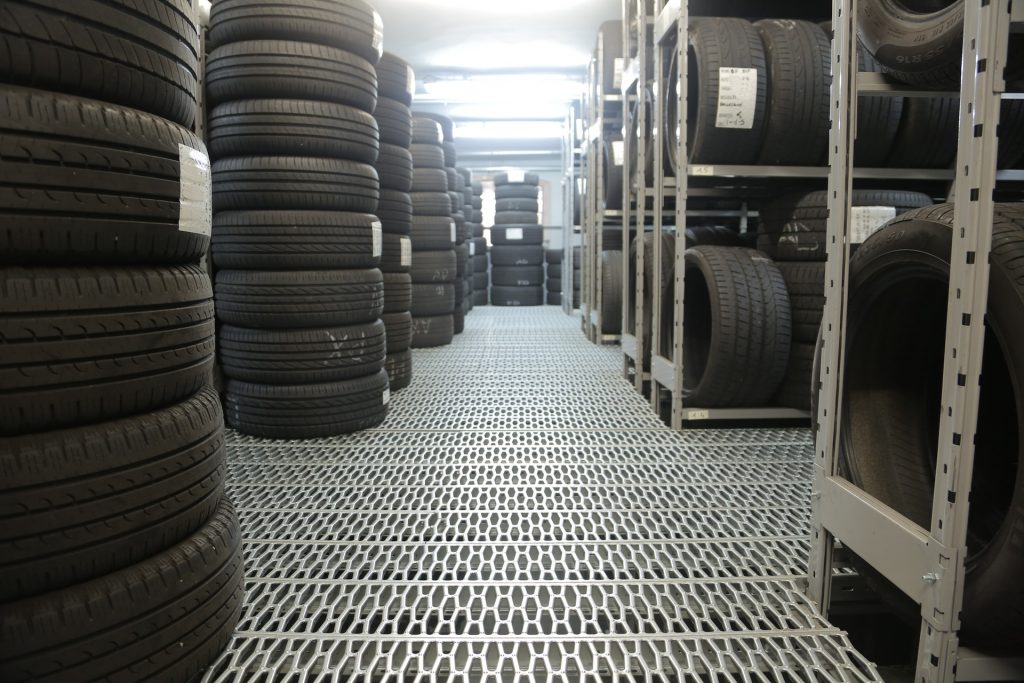12 Vital Retail Metrics & KPIs for Your Business Success
Our retail guide’s last chapter explored ways to boost your store’s success through innovative finance,…
Sean Thobias
November 19, 2024The production process requires completing several stages. One of these stages is called Work-in-Progress (WIP). WIP is a middle stage that comes before the final product is ready. In Kanban, which we discussed earlier as part of the Just-in-Time (JIT) concept, limiting the amount of WIP is essential.
By setting a maximum number of items allowed in each stage of WIP, companies can ensure that they can handle their workload effectively. Now, let’s take a closer look at what WIP means, how it works, and provide some examples to understand it better.
In production and supply chain management, “Work-in-Progress” (WIP) refers to unfinished work that is still in progress. The WIP figure shows the value of products at different stages of production. However, it is essential to note that the calculation does not consider the worth of unused raw materials.
Work-in-progress includes raw materials, labor, and overhead expenses for products in various production stages. It is part of the inventory asset account on the balance sheet. These costs are then moved to the finished goods account and eventually to the cost of sales.
Read more: Lean Manufacturing: Definition & 3 Benefits
Reducing the number of items in production units will simplify accounting procedures and offer several other benefits for companies. These reasons include the following:
In the production process, there are three main types of inventory and stages:
Three inventory items are categorized based on the product’s completion. Work-in-Progress (WIP) is listed separately when a company prepares its balance sheet. If the amount is minimal, the company can combine it into a single line item.
In accounting, WIP is a type of inventory companies see as a current asset. Companies and accountants work hard to keep WIP inventories low as reporting period gets close. They do this because it can be challenging to determine the exact costs of WIP items.
Companies have different ways to solve the problem. Here are two options:
Accountants use different methods to determine how many units are still in manufacturing. They usually look at the percentage of money spent on overhead, labor, and materials to determine the number of items still being worked on.
The first costs incurred are usually for raw materials because you need materials before you can start using labor. Organizations typically keep track of the total cost of raw materials in a work account ledger.
The following is a rough calculation to estimate the amount of work in progress:
| Initial WIP + production costs – goods production costs = Result WIP |
Companies typically rely on a percentage of their total overhead, labor, and materials costs to calculate the number of partial products or jobs in progress. For instance, a construction company charges its clients based on the project’s progress. This charge could be a fixed percentage, like 25% or 50% upon completion.
Work-in-Process is a term used for goods that are not yet fully finished. They are also called goods-in-process. Work-in-Process usually refers to products that don’t take long to go from raw materials to the final product. Examples of Work-in-Process are things like manufactured goods.
On the other hand, Work-in-Progress refers to assets that take much time to complete, like consulting or construction projects. There are some differences between these two terms:
| Aspect | Work-in-Process | Work-in-Progress |
| Scope of work | There are repetitive steps and smaller production quantities, but more frequently | Represents a large job that was done once and took a long time |
| Industry | Many found in the manufacturing industry | Usually found in the construction industry |
| Financial statements | Included on short-term asset items | Included on long-term asset items |
| Asset liquidity | Easier to liquidate | More difficult to liquidate |
However, this distinction is not the norm. Both terms can refer to an unfinished product.
The stage of completion and marketability of inventories distinguishes WIP and finished goods. WIP represents materials in the process of being developed or assembled into a final product.
On the other hand, finished goods are at the last stage of inventory, indicating that product development is complete and ready for sale to customers. WIP and finished goods signify the intermediate and final stages of the inventory life cycle, respectively.
Typically, what one company considers finished goods may be regarded as semi-finished goods by another. Each company has its criteria to classify items as WIP or finished goods. The difference between work-in-progress (WIP) and finished goods is determined by how much of the completed inventory.
Read more: Just in Time (JIT): Definition & 8 Application Steps

Let’s look at the production process of a tire manufacturing company as an example of Work-in-Progress (WIP):
Work-in-Progress (WIP) is unfinished work that still needs to be completed. It includes costs for things like overhead, labor, and materials. The fewer WIPs there are, the more efficient the company’s production and accounting processes will be.
Once you grasp the concept of Work-in-Progress, the next chapter will
Impact Insight Team
Impact Insights Team is a group of professionals comprising individuals with expertise and experience in various aspects of business. Together, we are committed to providing in-depth insights and valuable understanding on a variety of business-related topics & industry trends to help companies achieve their goals.
75% of digital transformation projects fail. Take the right first step by choosing a reliable long-term partner.
